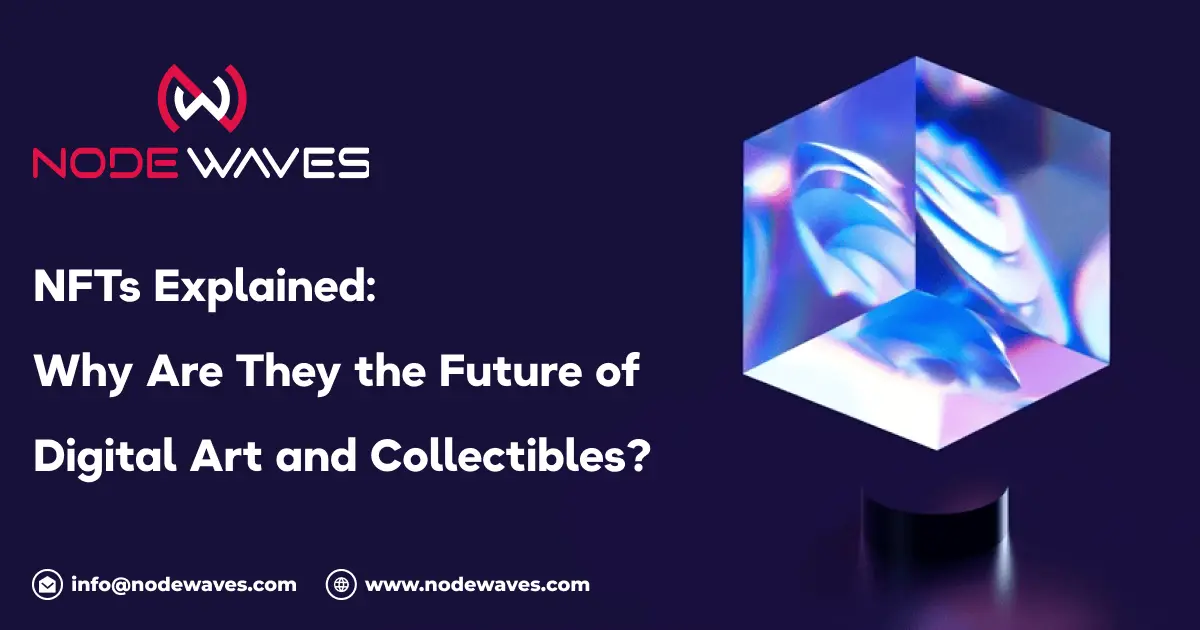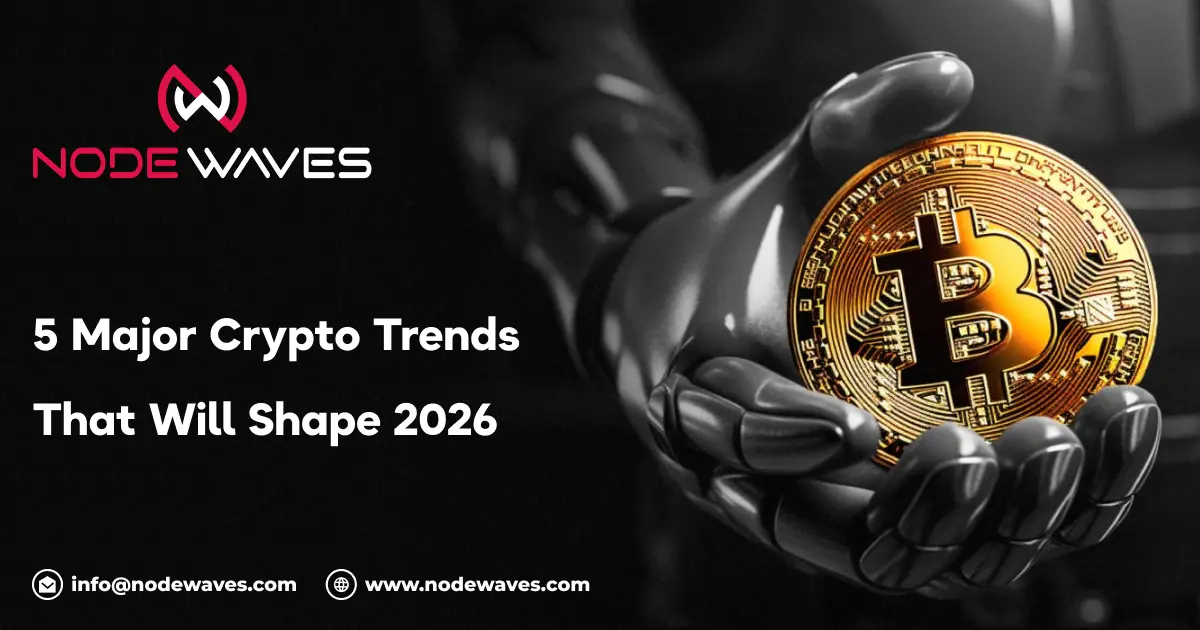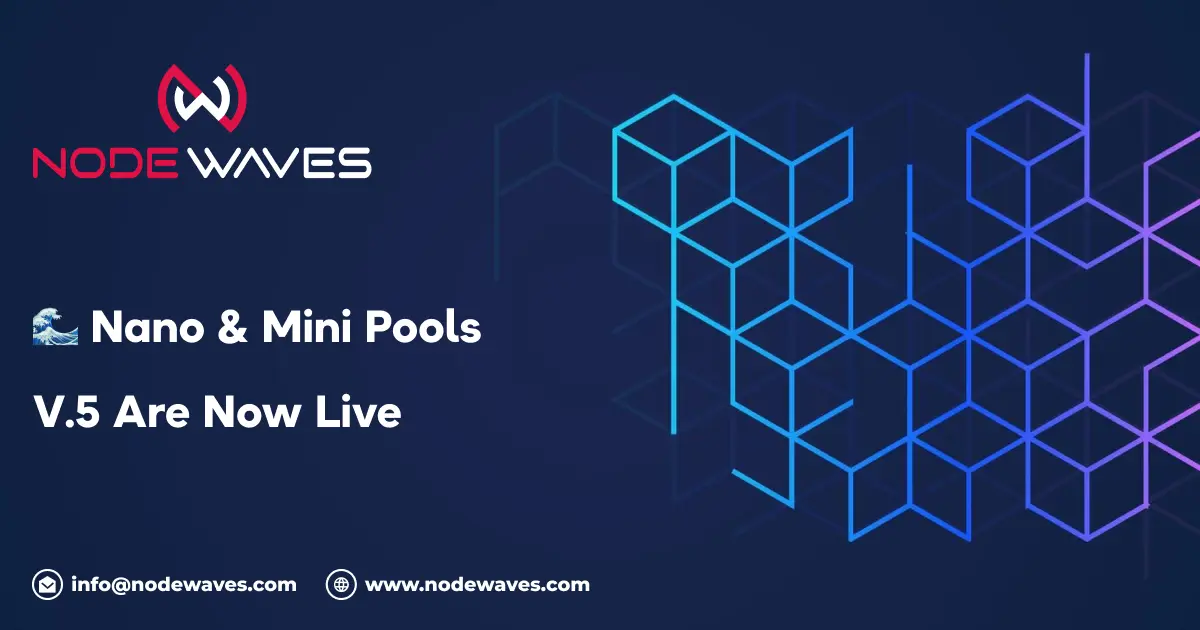NFTs Explained: Why Are They the Future of Digital Art and Collectibles?
The digital world is evolving fast, and one of the most exciting innovations in recent years is the rise of NFTs or Non-Fungible Tokens. While NFTs have taken the art and collectables world by storm, many people are still unsure about what they are and why they matter. This blog will explain NFTs in simple terms and explore why they are considered the future of digital art and collectables.
What is an NFT?
At its core, an NFT is a unique digital asset representing ownership or proof of authenticity of a specific item or piece of content. Unlike cryptocurrencies such as Bitcoin or Ethereum, which are fungible (meaning each unit is the same as the other), NFTs are non-fungible, meaning they are one-of-a-kind and cannot be replaced with something identical.
Think of an NFT like a digital certificate of ownership for an artwork, music, video, or even a virtual item in a game. The uniqueness of an NFT comes from the blockchain technology behind it, which ensures that the item it represents is original, verifiable, and cannot be duplicated or altered.
How Do NFTs Work?
NFTs are built on blockchain technology, a decentralized ledger that records transactions across many computers. The most popular blockchain used for NFTs is Ethereum, although other blockchains like Binance Smart Chain and Solana are also becoming popular for NFT transactions.
Here's a simple breakdown of how NFTs work:
- Creation: An artist or creator produces a digital piece of content, be it artwork, music, video, or something else.
- Minting: The creator then "mints" the NFT, which means they convert the digital content into an NFT using a blockchain. Minting involves creating a unique digital certificate linked to the content.
- Ownership: Once minted, the NFT is available on NFT marketplaces. When someone buys the NFT, they become the owner of the original digital content, as verified by the blockchain.
- Transaction: Whenever the NFT is bought or sold, the transaction is recorded on the blockchain, ensuring the ownership history is transparent and secure.
Why Are NFTs the Future of Digital Art?
NFTs are changing the way we perceive digital art, and here's why they are considered the future of this space:
- Authenticity and Ownership: Before NFTs, digital art was easy to copy, making it difficult for artists to prove ownership and buyers to ensure they were purchasing original works. NFTs solve this problem by providing a secure, verifiable record of ownership on the blockchain.
- Empowering Creators: With NFTs, creators now have a new way to monetize their work. Instead of relying on traditional galleries or auction houses, artists can sell their work directly to their audience via NFT marketplaces. This has opened up new opportunities for independent artists and creators.
- New Revenue Streams: NFTs also allow artists to earn royalties on resales. Whenever an NFT is resold on the secondary market, the original creator can earn a percentage of the sale price. This is a game-changer, as artists can continue to benefit from their work long after the initial sale.
- Collectibility and Rarity: Collectors are drawn to NFTs because of their unique nature. Like traditional collectables, NFTs are valued based on their rarity, demand, and significance. Collecting NFTs has become a new form of digital collecting, with enthusiasts paying high prices for rare or culturally significant pieces.
- Access to New Markets: NFTs have made it easier for digital artists and creators to reach global audiences. Platforms like OpenSea, Rarible, and Foundation allow anyone with an internet connection to browse, buy, and sell digital art and collectables, making the art world more accessible.
Why Are NFTs Important for Digital Collectables?
NFTs aren't just revolutionizing digital art but also changing the world of digital collectables. Here's how:
- Gaming: In online gaming, NFTs allow players to truly own in-game assets like skins, characters, and weapons. These assets can be traded or sold, creating a new game economy. Games like Decentraland and Axie Infinity already integrate NFTs, allowing players to earn real-world value through their in-game actions.
- Virtual Real Estate: The rise of the metaverse, a virtual world where people interact and create content, has made virtual real estate a hot commodity. NFTs are used to buy, sell, and trade virtual land and properties in platforms like Somnium Space and The Sandbox.
- Digital Collectables: Like trading cards or rare memorabilia in the physical world, NFTs have created a new market for digital collectables. For example, NBA Top Shot allows fans to buy, sell, and trade officially licensed NBA highlight clips, creating a new form of collectable memorabilia.
- Immersive Experiences: NFTs also create unique experiences and access passes. Artists and creators can offer limited-edition NFTs that grant holders access to exclusive events, content, or experiences, providing a new way to engage with fans and communities.
How Do You Get Started with NFTs?
Getting involved with NFTs is easier. Here are a few simple steps to help you start your NFT journey:
- Set Up a Digital Wallet: Before buying or selling NFTs, you'll need a digital wallet that supports cryptocurrency and NFT transactions. Popular options include MetaMask, Coinbase Wallet, and Trust Wallet.
- Buy Cryptocurrency: NFTs are usually bought with Ethereum (ETH), so you'll need to purchase some ETH on a cryptocurrency exchange like Coinbase or Binance.
- Choose an NFT Marketplace: Once you have a wallet and some ETH, you can explore NFT marketplaces like OpenSea, Rarible, and SuperRare to browse, buy, and sell NFTs.
- Minting Your NFTs: If you're an artist or creator, you can also mint your NFTs and list them for sale on these marketplaces.
Why Choose NodeWaves for NFT Insights?
Suppose you're looking to dive deeper into the world of NFTs and learn more about how blockchain technology is shaping the future. In that case, NodeWaves offers a range of resources and services designed to help you understand and engage with this innovative space. NodeWaves provides cutting-edge insights and solutions to help individuals and businesses navigate the evolving world of blockchain and NFTs.
Visit NodeWaves to explore how NFTs change digital art and world collectables.
Conclusion
NFTs are undoubtedly the future of digital art and collectables. They provide a way for artists to prove ownership, monetize their work, and engage with global audiences. For collectors and enthusiasts, NFTs offer a new avenue for owning and trading unique digital assets. As technology advances, the potential for NFTs in various industries, from gaming to virtual real estate, is bound to grow, making them revolutionary in the digital world.
By understanding and embracing NFTs, you can be part of this exciting new frontier in digital art and collectables.






